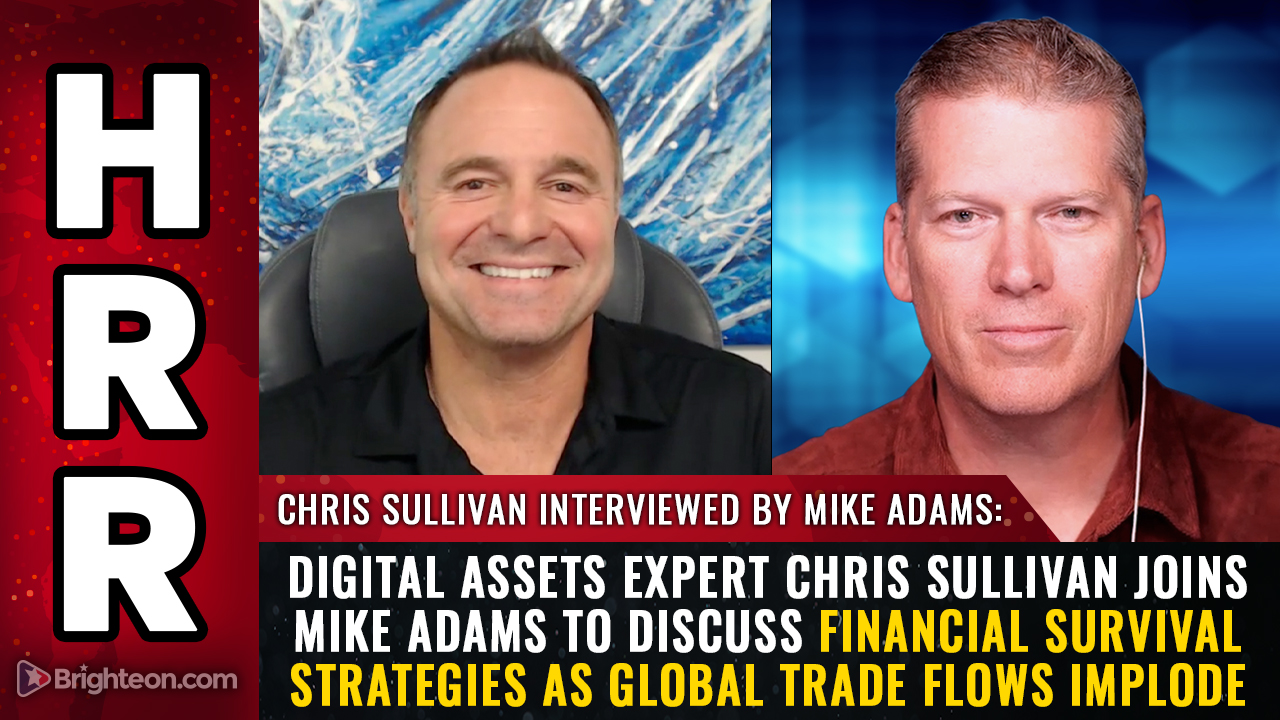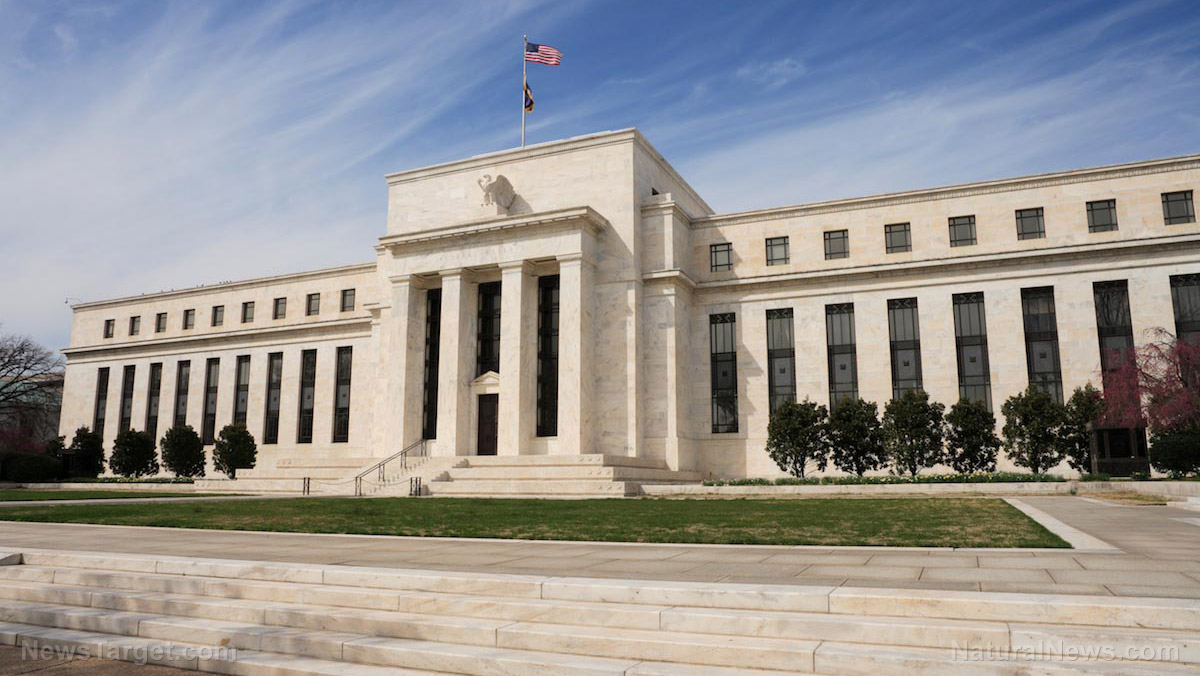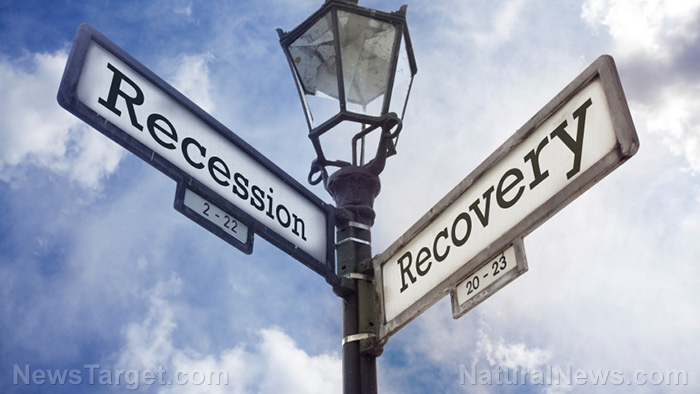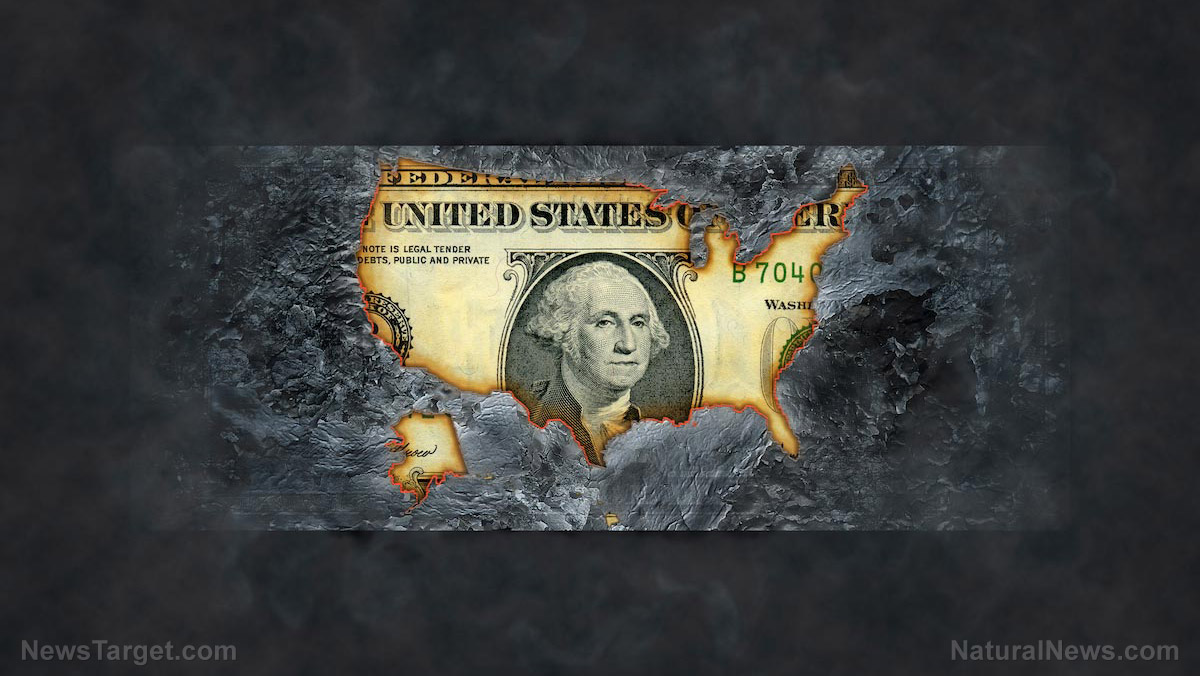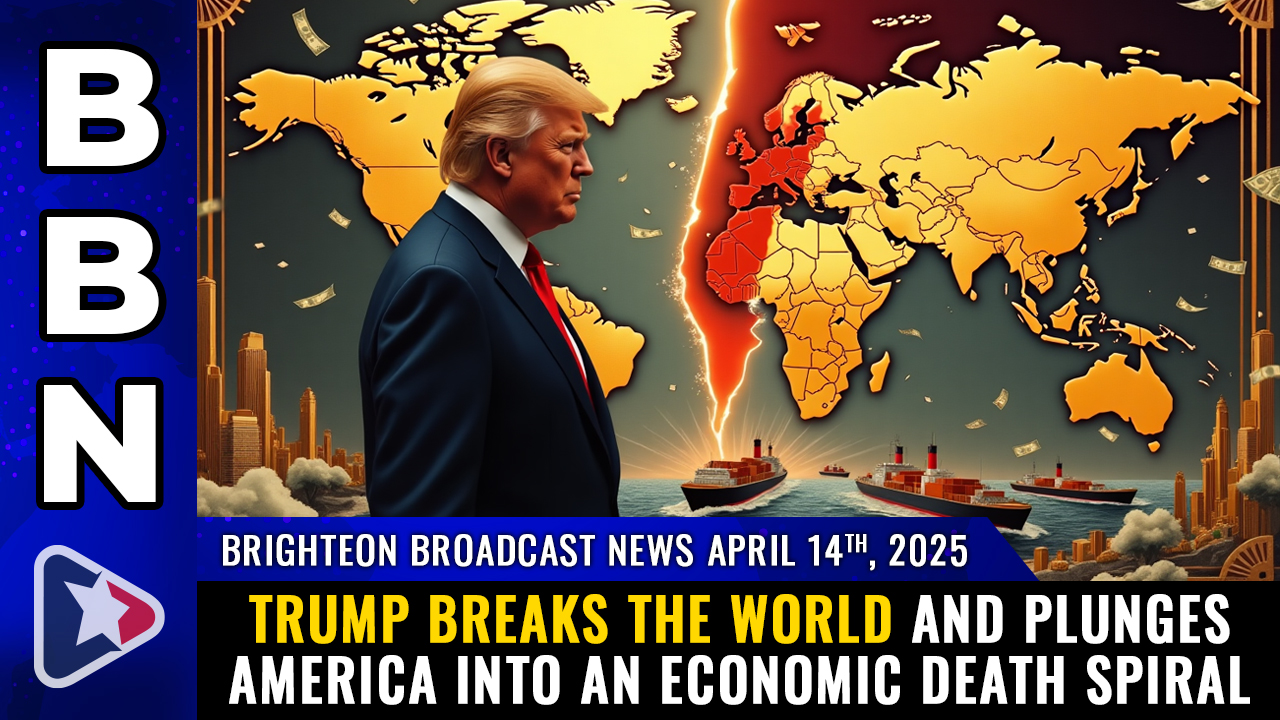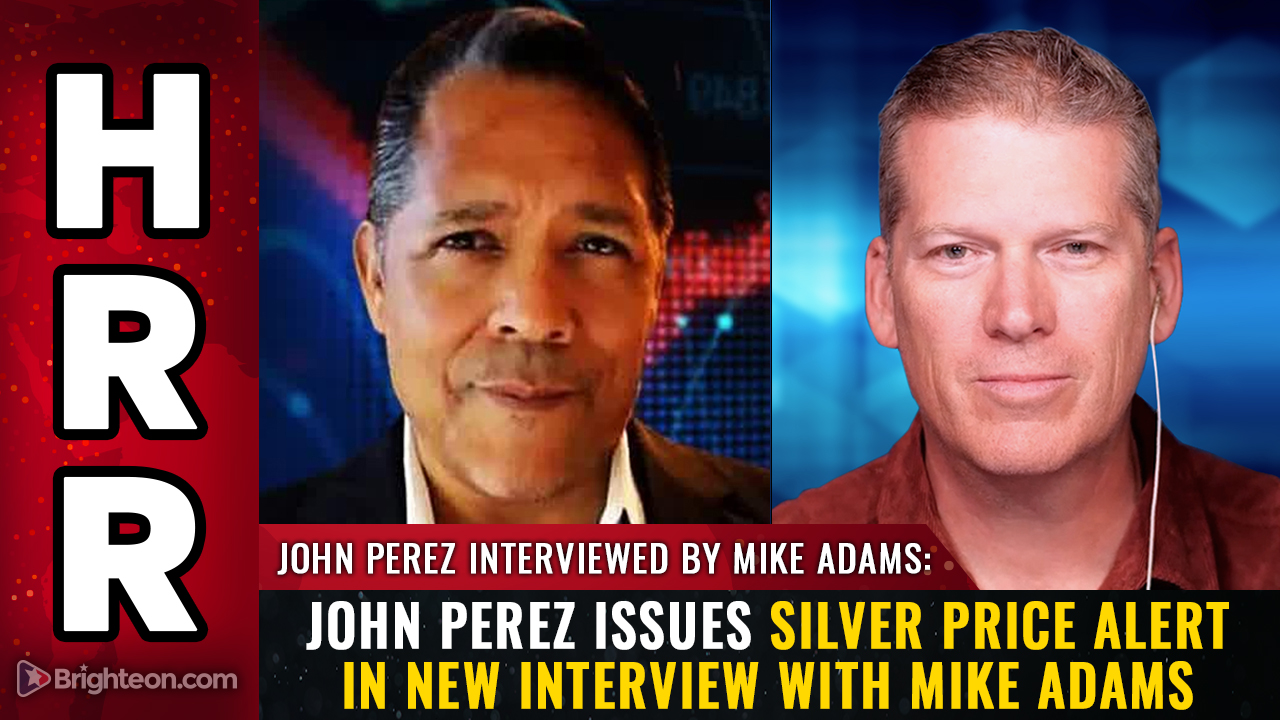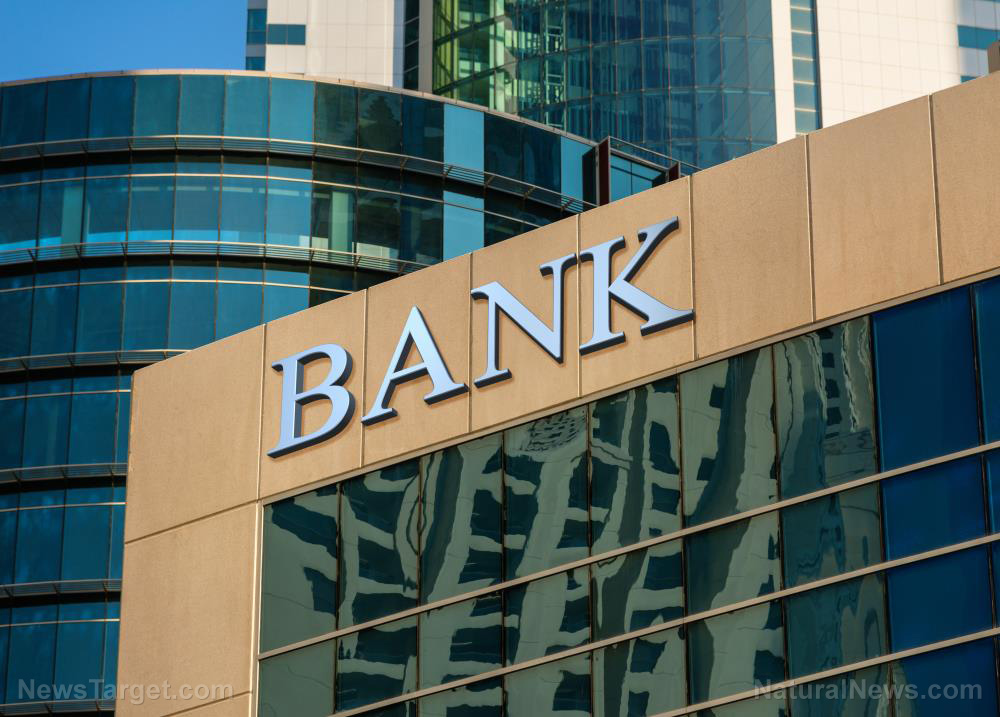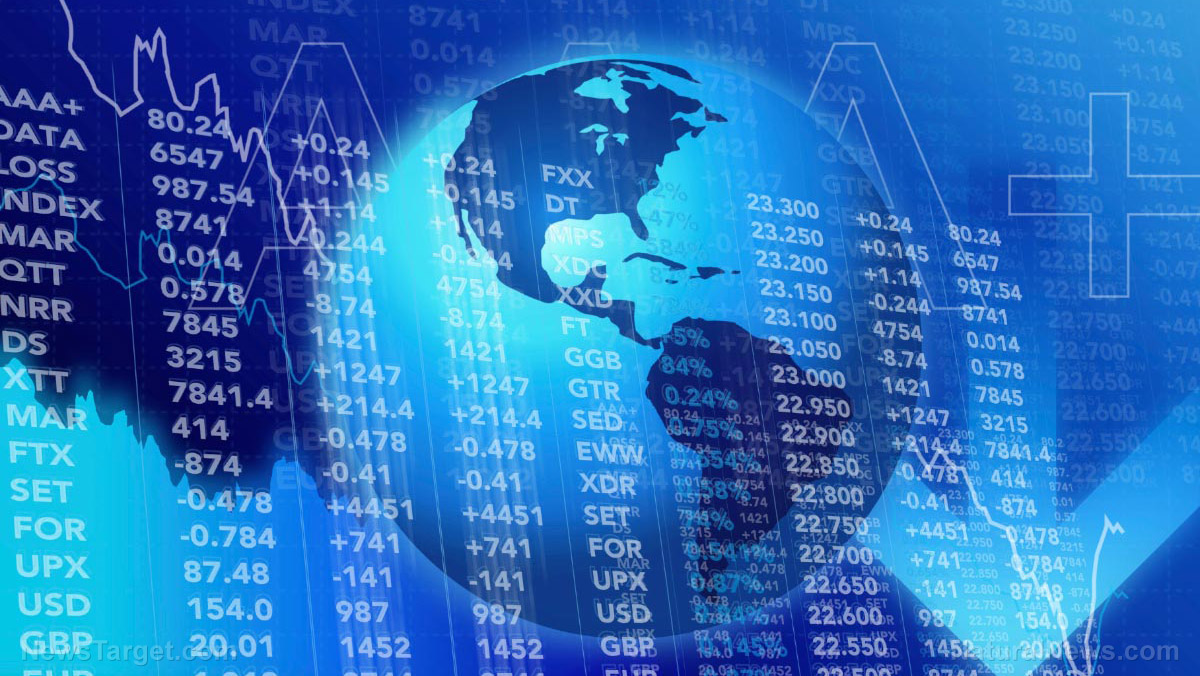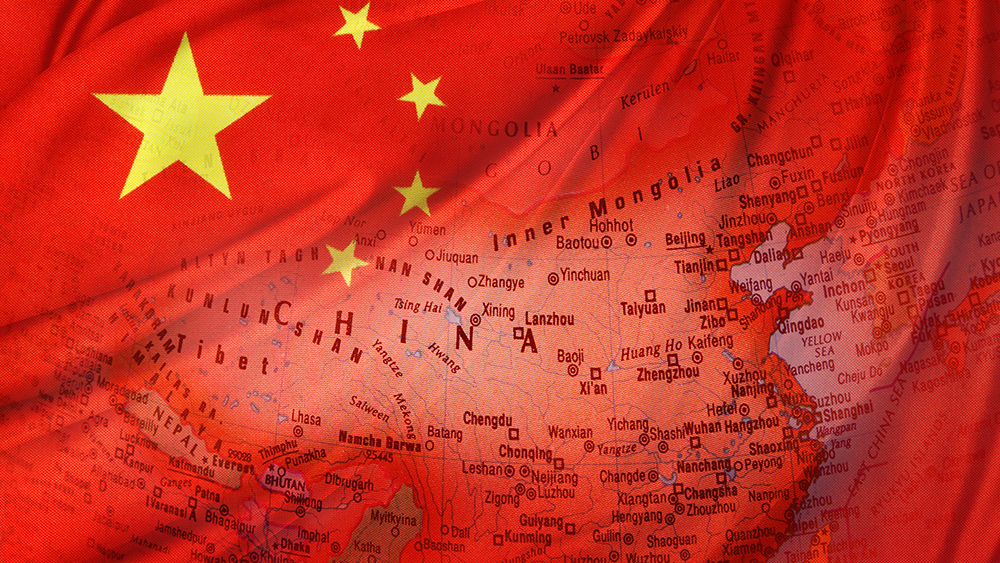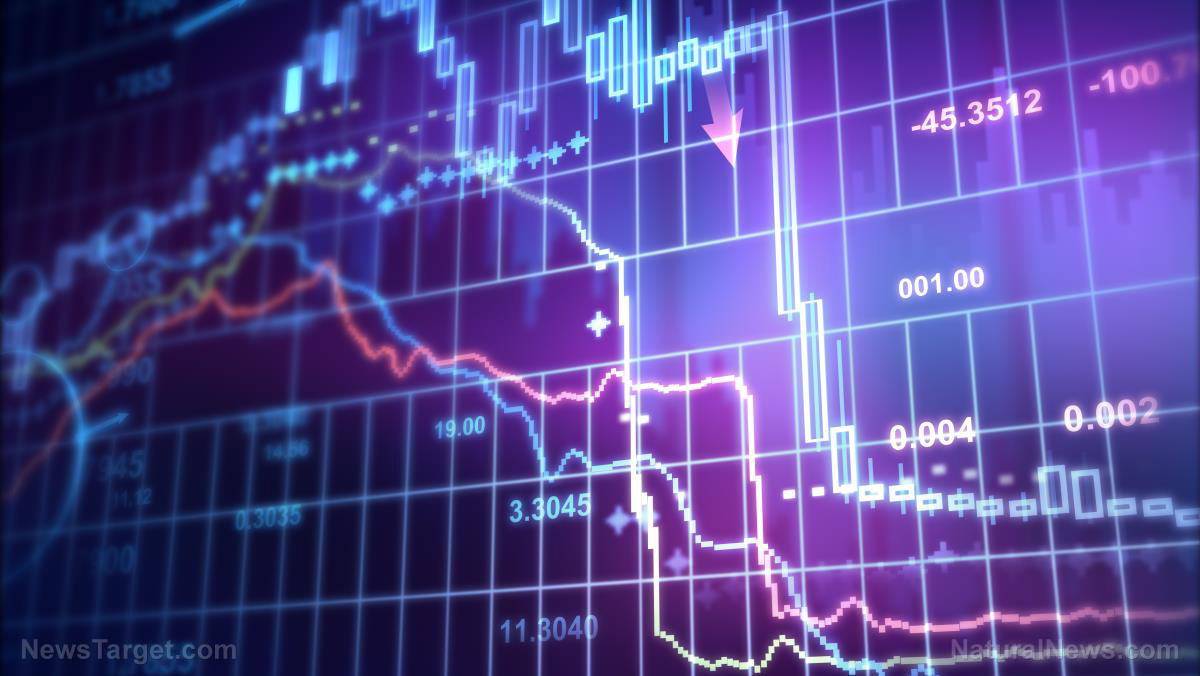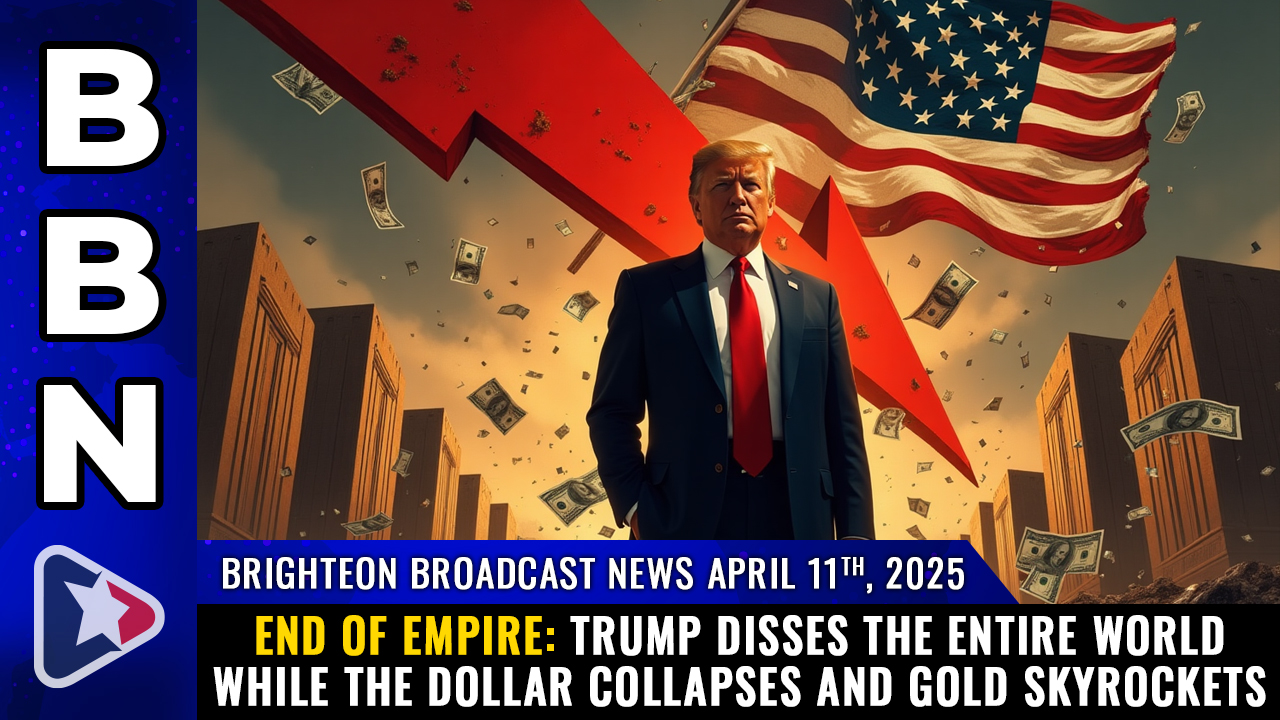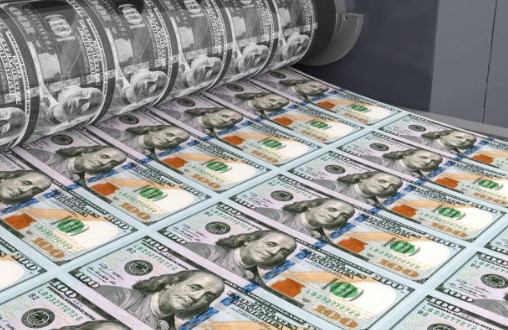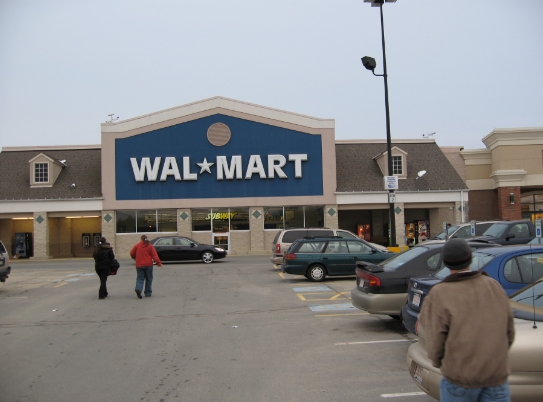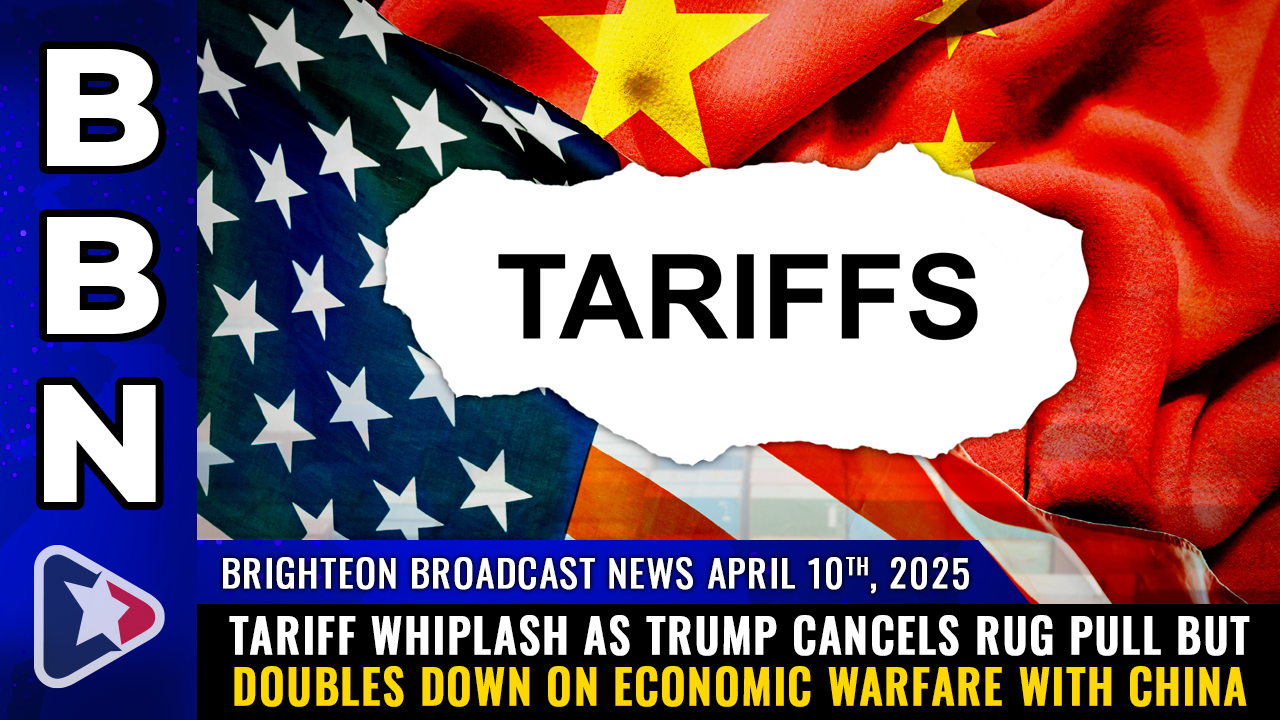“How an Economy Grows and Why It Crashes”: An engaging journey through economic principles
04/13/2025 / By Belle Carter
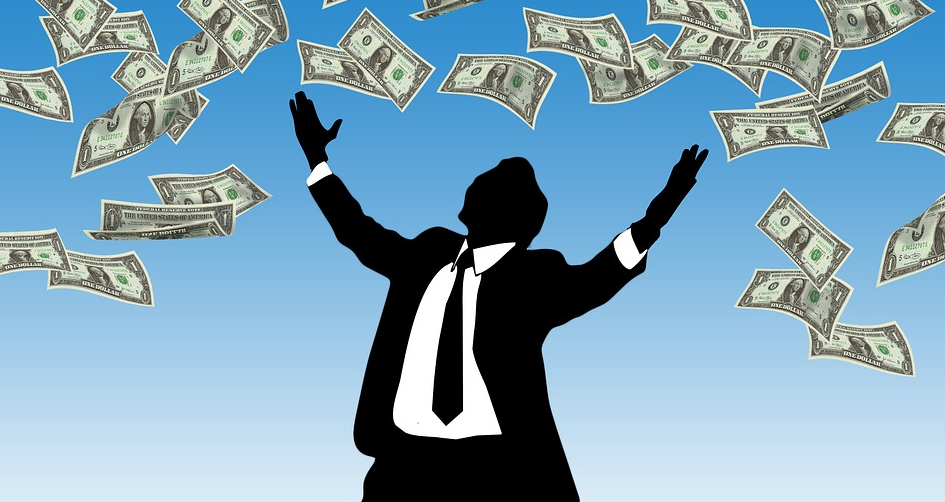
- “How an Economy Grows and Why It Crashes” by Peter D. Schiff and Andrew J. Schiff simplifies complex economic principles using a narrative and cartoons, making it engaging for a college-educated audience.
- The book begins on a simple island where Able, Baker and Charlie fish by hand, representing a basic economy. Able’s invention of a fishing net symbolizes innovation and the benefits of delayed consumption for future gain.
- Able’s decision to lend his surplus fish to Baker and Charlie to build their own nets demonstrates how saving and investing can fuel economic growth and productivity.
- The story illustrates the risks of consumer credit, showing how loans for non-productive purposes (like vacations) can burden both lenders and borrowers, leading to future economic hardship.
- The introduction of Fish Reserve Notes by the island’s government mirrors real-world inflation and the dangers of quantitative easing, highlighting how government intervention can create false prosperity and economic instability.
In a world where economic theories are often shrouded in complexity and jargon, a new book has emerged to demystify the intricate workings of economic growth and crashes. “How an Economy Grows and Why It Crashes” by Peter D. Schiff and Andrew J. Schiff is not your average economics textbook. Published in 2010, this book uses a captivating narrative and clever cartoons to explain the fundamental principles of economics in a way that is accessible and engaging for a college-educated audience.
The story begins on a simple island where three inhabitants – Able, Baker and Charlie – struggle through a daily routine of fishing by hand to survive. No savings, no credit, and no investment. The island’s economy is as basic as it gets: wake, fish, eat, sleep. But it’s from this simplicity that the Schiffs craft a powerful metaphor for economic growth and the risks that can lead to a crash.
Enter Able, the island’s entrepreneurial hero. Frustrated by the daily grind, Able dreams of a better life. His solution is innovation. He invents a fishing net, a piece of capital that will change the island’s dynamics. But to create this net, Able must take a risk. He decides to underconsume, going hungry for a day to gather the materials. This act of sacrifice is a fundamental economic principle: delaying current consumption for future gain.
With his net, Able doubles his productivity. Suddenly, he’s not just surviving; he’s thriving. He can now spend time on other activities, such as making clothes or building a shelter. The impact of his innovation ripples through the island’s economy. Baker and Charlie see the benefits and want to join in. They ask to borrow Able’s net, but he’s reluctant to share his hard-earned capital.
This is where things get interesting. Instead of sharing, Able decides to lend them fish so they can build their own nets. By lending his surplus, Able fuels economic growth. The island’s fishing capacity doubles, and everyone benefits. This is a simple yet powerful lesson: When people save and invest, economies grow.
But lending isn’t without risk. Able’s decision to lend highlights the importance of risk-taking in economic growth. Without risk, there’s no reward. In this case, the reward is a more prosperous island.
However, not all credit is created equal. When Baker and Charlie ask for a loan to take a vacation, Able wisely refuses. Why? Because such a loan doesn’t increase productive capacity. It’s a burden for both the lender and the borrower, leading to future hardship. The Schiffs use this scenario to illustrate the dangers of consumer credit, a concept that can be a double-edged sword.
Fast forward a bit, and the island’s economy is booming. They’ve built mega fish catchers, expanded into other industries, and even started a surfing school. But then, things start to unravel. The government introduces paper money called Fish Reserve Notes, promising they’re as good as real fish. But as the notes flood the market, their value plummets. This is a classic case of inflation, where too much money chases too few goods.
The Schiffs draw a parallel between the island’s Fish Reserve Bank and the Federal Reserve, highlighting the dangers of quantitative easing (QE). Just like the island’s fish technicians creating “official fish,” the Fed creates money out of thin air. This can lead to a false sense of prosperity, masking underlying economic problems.
The book also tackles the housing bubble, using the island’s hut market as a metaphor. Easy credit and government guarantees lead to inflated hut prices, creating a bubble that eventually bursts. The parallels to the 2008 financial crisis are unmistakable.
The Schiffs argue that government intervention, while well-intentioned, often does more harm than good. Policies that distort the credit market and encourage unsustainable borrowing can lead to economic disaster. They advocate for a more hands-off approach, letting market forces work their magic.
In the end, the islanders learn a valuable lesson: the key to a healthy economy is saving, investing, and letting individuals make their own economic decisions. The Schiffs leave readers with a powerful message: Economic growth is not about spending more; it’s about producing more.
Learn more about the book “How an Economy Grows and Why It Crashes” by watching the video below.
This video is from the BrightLearn channel on Brighteon.com.
Sources include:
Submit a correction >>
Tagged Under:
Andrew Schiff, Bubble, Collapse, currency crash, debt bomb, debt collapse, dollar demise, economic collapse, economy, How an Economy Grows and Why It Crashes, Inflation, market crash, money supply, Peter Schiff, risk
This article may contain statements that reflect the opinion of the author
RECENT NEWS & ARTICLES
COPYRIGHT © 2018 GOVERNMENTDEBT.NEWS
All content posted on this site is protected under Free Speech. GovernmentDebt.news is not responsible for content written by contributing authors. The information on this site is provided for educational and entertainment purposes only. It is not intended as a substitute for professional advice of any kind. GovernmentDebt.news assumes no responsibility for the use or misuse of this material. All trademarks, registered trademarks and service marks mentioned on this site are the property of their respective owners.

